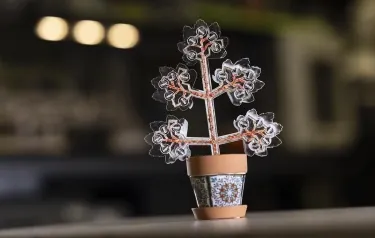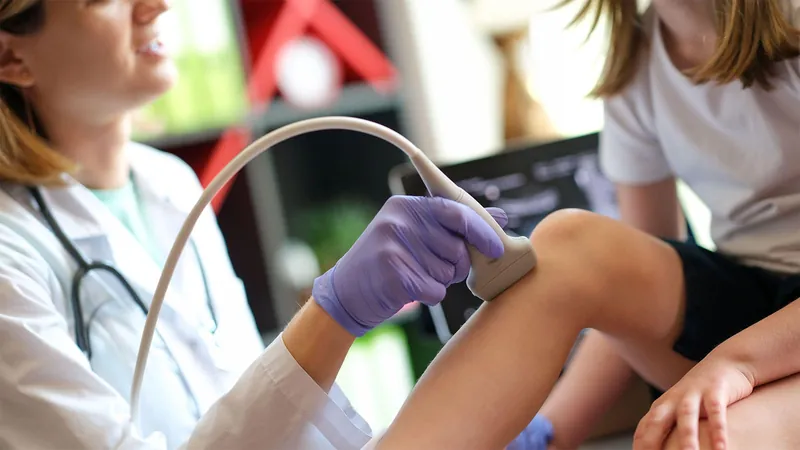
Revolutionary Artificial Plants Slash Indoor CO2 Levels by 90% and Generate Clean Energy!
2024-11-04
Author: Wei
Groundbreaking Leap in Air Purification Technology
Researchers at Binghamton University have made a groundbreaking leap in air purification technology with their innovative artificial plants, designed to not only cleanse indoor air but also generate clean energy. This remarkable advancement could redefine our approach to indoor air quality and energy conservation.
The Impact of Indoor Air Quality
Did you know that the average American spends about 90% of their time indoors? The quality of this air significantly impacts our health and overall well-being. Traditional air purification systems are often expensive, complicated, and require constant maintenance. Enter the game-changing solution from Binghamton University, where Professor Seokheun “Sean” Choi and PhD student Maryam Rezaie are revolutionizing the concept of air purification.
Innovative Technology Behind Artificial Plants
Their artificial plants utilize indoor light to drive a photosynthetic process, achieving an astonishing 90% reduction in carbon dioxide levels, dwarfing the mere 10% reduction offered by natural plants. This technology harnesses the natural abilities of bacteria-powered biobatteries to transform CO2 into oxygen while simultaneously producing energy.
Importance Post-COVID-19
Following the COVID-19 pandemic, the significance of indoor air quality has never been more pronounced. “Many sources of indoor pollutants—like building materials and furnishings—can emit toxic substances, and our breathing only exacerbates CO2 accumulation," explains Professor Choi, who is part of the Thomas J. Watson College of Engineering and Applied Science.
Development and Prototypes
Initially, the team created an artificial leaf as a fun experiment but quickly realized the technology’s broader applications. Their first prototype features five "leaves," which have been tested for their carbon capture efficiency and oxygen production. Surprisingly, these plants can generate around 140μW of power—a secondary benefit that Choi aims to enhance significantly. He envisions exceeding 1mW of output and integrating energy storage solutions like lithium-ion batteries to make this energy usable for charging devices like smartphones.
Future Upgrades and Vision
Choi contemplates future upgrades, including utilizing multiple species of bacteria to enhance longevity and developing automated systems for water and nutrient delivery, ensuring minimal maintenance is required.
A Vision for Clean Air and Energy Efficiency
“The vision is clear: with the right refinements, these artificial plants could become a staple in households everywhere,” Choi asserts confidently. Imagine an environment where clean air and energy efficiency coexist seamlessly—all enabled by the humble artificial plant.
Conclusion
This pioneering development could change our everyday lives, providing a sustainable and aesthetically pleasing solution for cleaner air and energy needs within our own homes. Don't miss out on what could be the future of indoor living!





 Brasil (PT)
Brasil (PT)
 Canada (EN)
Canada (EN)
 Chile (ES)
Chile (ES)
 España (ES)
España (ES)
 France (FR)
France (FR)
 Hong Kong (EN)
Hong Kong (EN)
 Italia (IT)
Italia (IT)
 日本 (JA)
日本 (JA)
 Magyarország (HU)
Magyarország (HU)
 Norge (NO)
Norge (NO)
 Polska (PL)
Polska (PL)
 Schweiz (DE)
Schweiz (DE)
 Singapore (EN)
Singapore (EN)
 Sverige (SV)
Sverige (SV)
 Suomi (FI)
Suomi (FI)
 Türkiye (TR)
Türkiye (TR)